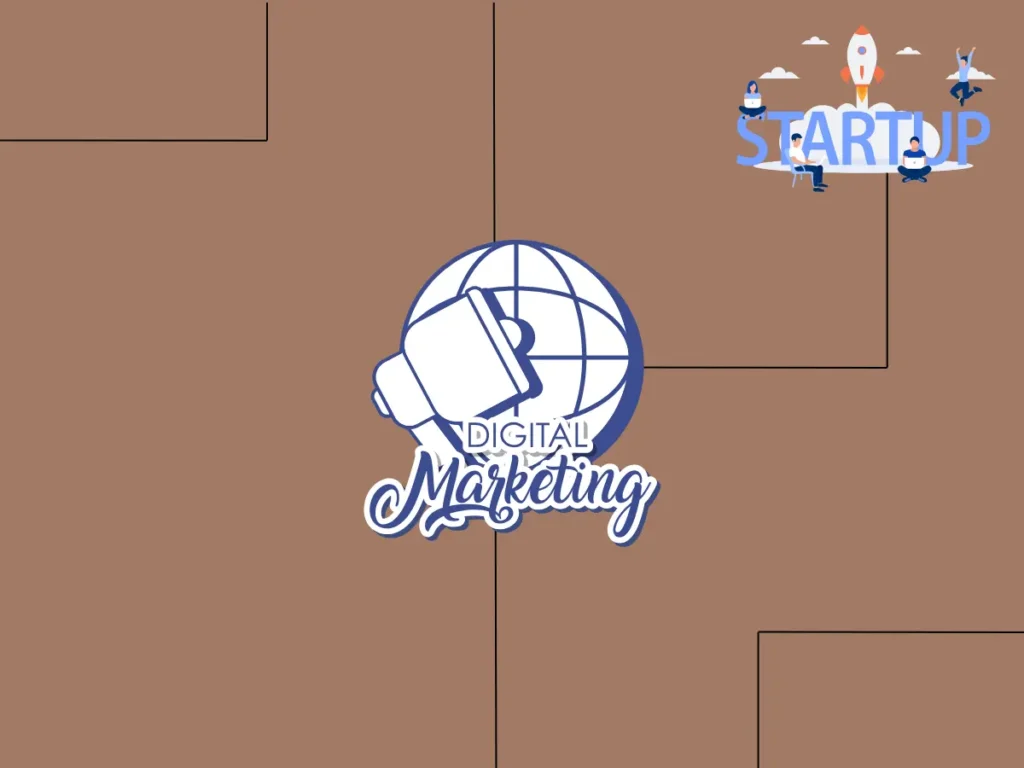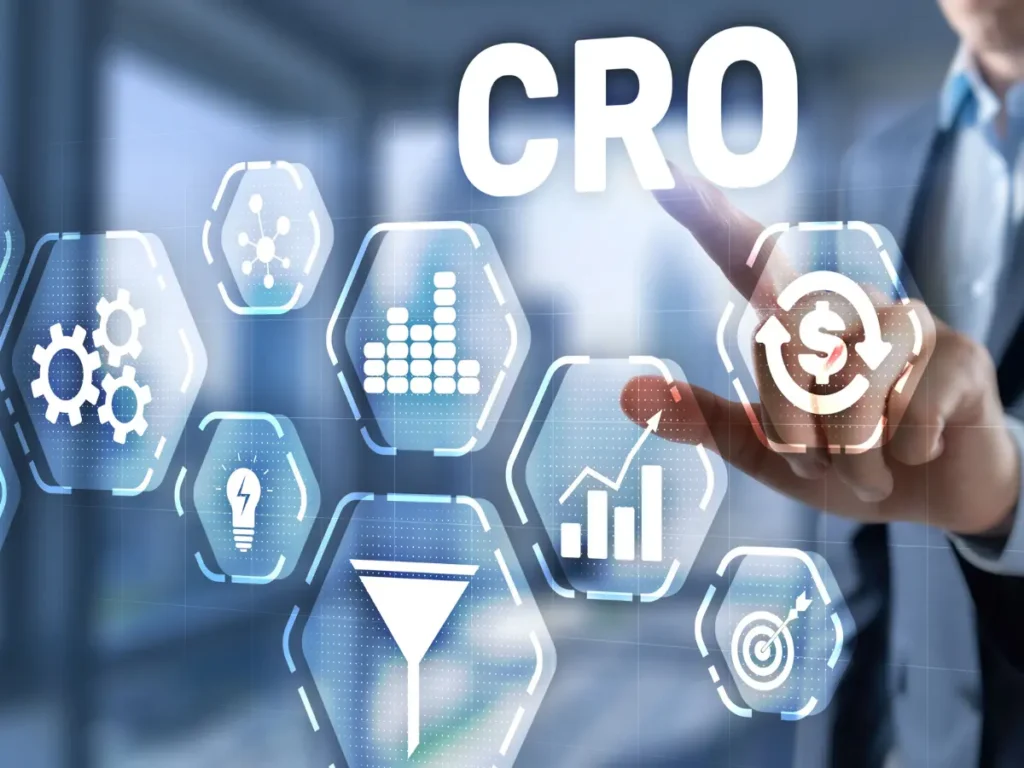
What is eCommerce Email Marketing? Email Marketing For eCommerce
TechDellaeCommerce Insights, Marketing Guide1 year ago10.3K Views
- Home
- Marketing Guide
- What is eCommerce Email Marketing? Email Marketing For eCommerce
eCommerce email marketing is a powerful tool that can significantly impact the success of eCommerce businesses, tech businesses, blogging businesses, or any business model. From sending personalized content directly to the inbox of your customers to running retargeting campaigns, email marketing is an important eCommerce marketing strategy for business owners.
You can easily create targeted and effective email campaigns that resonate with your audience. As a business owner, you can use email marketing to connect with your audience, build relationships, and encourage customer loyalty.
If your marketing goals are increasing brand awareness, fostering customer engagement, and driving revenue through direct sales, then you need to try email marketing. So, how do you get started?
Well, growing your business with email marketing involves implementing strategic approaches to engage your audience, build relationships, and drive eCommerce sales. Let’s look at some of these strategies.
But, before we continue, what is email marketing?
What is Email Marketing in eCommerce?
eCommerce email marketing is a digital marketing strategy that utilizes email communication to engage with potential and existing customers, promote products or services, and drive sales on online platforms.
It involves sending targeted and personalized emails to a specific audience segment with the aim of fostering customer loyalty, increasing brand awareness, and ultimately boosting revenue.
Benefits of eCommerce Email Marketing
So, why should you even add eCommerce email marketing to your marketing strategies? Is it worth it at all?
Let’s look at some benefits of eCommerce email marketing:
Increased Sales
Targeted and personalized email campaigns can drive sales by showcasing new products, offering exclusive promotions, and reminding customers of items in their shopping carts. The strategic use of discounts and limited-time offers can create a sense of urgency, encouraging customers to make a purchase.
Customer Retention
Building strong relationships with existing customers is vital for long-term success. eCommerce email marketing allows businesses to stay connected with customers, providing updates, relevant content, and exclusive offers. This helps in fostering loyalty and encouraging repeat purchases.
Cost-Effective
Compared to traditional advertising channels, email marketing is a cost-effective method for reaching a large audience. With the right automation tools, businesses can achieve significant results without a substantial financial investment.
Data-Driven Insights
The analytics and metrics provided by email marketing platforms empower businesses with valuable data. This data can be used to understand customer behavior, preferences, and trends, allowing for more informed decision-making in future marketing strategies.
eCommerce Email Marketing Best Practices
We’ve already established that eCommerce email marketing is a dynamic and powerful tool when executed effectively. But, how is email marketing done exactly?
Let’s check out some of the components of eCommerce email marketing:
Key Components of eCommerce Email Marketing

1. Segmentation
Successful eCommerce email marketing begins with understanding your audience. Segmentation involves dividing your email list into segments based on customer demographics, purchase history, behavior, and preferences. This allows you to send highly targeted and relevant messages to specific groups, increasing the likelihood of engagement and conversions.
2. Personalization
Personalized emails create a more intimate and engaging experience for recipients. You can use customer names, recommend products based on their purchase history, and tailor content to their preferences. This kind of personalized message fosters a stronger connection between your brand and the customer. eCommerce email marketing platforms help you send personalized emails.
3. Automation
You can implement automated workflows to streamline your ecommerce email marketing efforts. Some email marketing software allows you to set up triggers for welcome emails, abandoned cart reminders, post-purchase follow-ups, and more. Automation ensures timely and consistent communication with your audience, even as your customer base grows.
4. Mobile Optimization
A significant portion of email opens occurs on mobile devices. Ensure that your emails are optimized for mobile viewing, with responsive designs and concise, visually appealing content. Test your emails on various devices and email clients to guarantee a seamless user experience.
5. Compelling Subject Lines
One of the things that will determine if your subscribers will open your emails is the subject line. Make sure you create attention-grabbing subject lines that entice recipients to open your emails.
Avoid misleading or spammy language, and instead, focus on creating curiosity or emphasizing the value proposition. A well-crafted subject line can significantly impact your open rates.
6. Clear Call-to-Action (CTA)
Every email should have a clear and compelling call-to-action. Whether it’s directing recipients to shop now, learn more, or take advantage of a special offer, a well-defined CTA increases the likelihood of conversion. You can use contrasting colors and compelling language to make your CTA stand out.
7. A/B Testing
Now, this is one step you should take seriously. It is important that you continuously optimize your email campaigns through A/B testing.
A/B testing is when you create different versions of the same message. The versions may have entirely different designs or it may just be a section that is different.
You can experiment with different elements such as subject lines, email copy, visuals, and CTAs to identify what resonates best with your audience. Use the insights gained from A/B testing to refine your future campaigns.
8. Quality Content
Providing valuable and relevant content in your emails is a no-brainer if you want positive results from your campaign. High-quality images, engaging product descriptions, and useful information keep recipients interested and encourage them to take the desired action.
It is important you balance promotional content with informative or entertaining material. This will enhance the overall customer experience.
9. Feedback and Surveys
Although not everyone does this, it is a great idea to ask for customer feedback through surveys or reviews directly in your emails. This not only helps in gathering valuable insights but also shows customers that their opinions matter. Positive feedback can be used for social proof, while negative feedback provides an opportunity for improvement.
10. Data Privacy and Compliance
Ensure that your email marketing practices comply with data protection regulations such as GDPR or CAN-SPAM. Make sure you clearly communicate your privacy policy and give subscribers the option to manage their preferences or unsubscribe.
Building trust through transparent data practices is crucial for maintaining a positive brand image.
Email Marketing Ideas for eCommerce
eCommerce email marketing campaigns can take various forms, catering to different stages of the customer journey and promoting diverse aspects of your online business.
Here are some creative eCommerce email marketing ideas for ecommerce:
Welcome Series
The first email marketing idea you cannot go wrong with is sending a welcome series to your new subscribers. Start by creating a series of automated welcome emails to greet new subscribers. You can introduce your brand, highlight key products, and offer a special discount as a token of appreciation for signing up.
Abandoned Cart Recovery
Another idea is to send targeted emails to users who abandoned their shopping carts. Remind them of the items left behind, offer incentives such as discounts or free shipping, and create a sense of urgency to encourage them to complete the purchase.
Product Recommendations
You can take advantage of customer data to provide personalized product recommendations based on their browsing history or previous purchases. Use dynamic content to showcase items that align with their preferences.
Flash Sales and Limited-Time Offers
One email marketing idea that will help with your eCommerce sales is flash sales. You can create a sense of urgency by sending emails about flash sales or limited-time offers. Remember to highlight exclusive deals, discount codes, or early access to certain products to encourage immediate action.
Seasonal and Holiday Campaigns
Looking for ways to make seasonal sales? You can tailor your email campaigns to coincide with holidays, seasons, or special events. Offer themed promotions, showcase relevant products, and create a festive atmosphere to engage customers.
VIP Programs and Exclusive Access
You can establish a VIP program for your loyal customers and send them exclusive emails with early access to sales, special discounts, or sneak peeks of new products. Make them feel valued and appreciated.
Educational Content
Another idea is to provide value to your customers by sharing educational content related to your products or industry. This could include how-to guides, tips and tricks, or product demonstrations. Position your brand as an authority in your niche.
Customer Stories and Testimonials
You can feature customer stories and testimonials in your emails. Showing how others have benefited from your products will build trust and credibility. Include user-generated content like photos and reviews for authenticity.
Interactive Emails
Another great ecommerce email marketing idea is adding interactive elements into your emails to boost engagement. You can use quizzes, polls, or clickable images to encourage users to interact directly within the email.
Loyalty Rewards and Milestones
Implementing a loyalty program is a great way to increase customer retention. You can notify customers about their progress, rewards earned, or upcoming milestones through your email messages. Try to encourage repeat purchases by offering exclusive discounts or freebies as a part of the loyalty program.
Product Launch Announcements
Sending product launch announcements will help you build excitement around new product launches. You can send teaser emails, countdowns, and exclusive sneak peeks. This will create a sense of anticipation and encourage subscribers to be the first to explore and purchase.
Getting Started With eCommerce Email Marketing
Email marketing is a multi-step process that involves various elements, from building a subscriber list to crafting compelling content. Like every other eCommerce marketing strategy or eCommerce marketing tool, you need to be patient and consistent.
As a side note, make sure you set your goals and KPIs from the beginning of your ecommerce email marketing campaigns. This will make it easy to track your progress. Several email marketing tools allow you to do this from your dashboard.
Finally, remember to monitor the performance of your email campaigns and adjust your strategies based on customer responses and analytics.
Ready to launch your email marketing campaign? Book a discovery call today and we’ll handle it for you!
Related Posts
Stay Informed With the Latest & Most Important News
Previous Post
Next Post
Search Posts
About Us
At Techdella, we’re all about empowering businesses and startups with the tools, tips, and insights they need to thrive. From tech trends to marketing strategies, social media hacks to website tips, we break it all down in a fun, easy-to-digest way. Let’s innovate, grow, and win together!
Tags
Blogging Business Blog Niches Business Growth Business Guide Business Ideas Business Owners Business plan Cybersecurity Digital Marketing Digital Products Domain Names Early stage entrepreneurs ecommerce eCommerce Marketing Email Marketing Email marketing tools Entrepreneur’s Guide Featured Holiday Marketing Holiday promotions Influencer Marketing Marketing Marketing Campaign Marketing tools Mobile App Business Mobile Apps Monetization Tips Popular Promotions SaaS Business SEO seo for startups SEO Marketing Small Business Guide Social Media Campaign Social media marketing Software Business Startup Guide Startup teams startup tools Tech Startups VPN Website Hosting Website Monetization WordPress Hosting




























